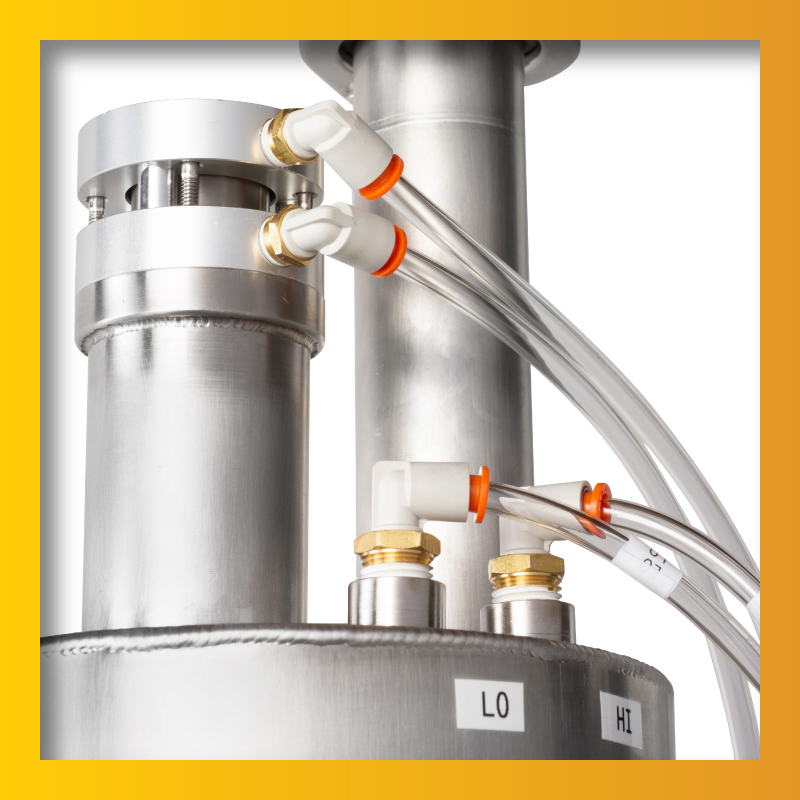This article, written by Dr. John Weisend, was originally published in the Summer 2010 issue of Cold Facts as part of his series, Defining Cryogenics.
Multilayer insulation (also referred to as superinsulation) is a key component in the reduction of heat leak to cryogenic systems due to thermal radiation.
MLI consists of a series of uncooled reflective surfaces placed in the vacuum space between two surfaces, one warmer than the other. Generally speaking, for ideal systems the reduction in thermal radiation heat leak scales as 1/(N+1) where N is the number of layers in the MLI. However, most systems are far from ideal and great attention to detail is required to properly use MLI.
Most MLI systems consist of thin reflective layers (such as aluminized Mylar) separated from each other by thermally insulating layers. The insulating layers may be made of such things as silk or nylon netting. Other MLI designs omit the separate insulating layers, aluminize only one side of the Mylar and crinkle the Mylar so that only point contacts exist between the layers.
Since the goal here is to reduce the heat leak to the cold surface, the MLI must be designed to reduce the thermal radiation heat leak without providing a thermal short that would increase the heat leak caused by thermal conduction. MLI systems are frequently made into blankets of MLI for easier installation.
The requirement that the MLI not add to the conduction heat leak in the cryogenic system has a significant impact in its use. Great care must be taken not to thermally short the cold and warm layers of the MLI together; say by simplemindedly wrapping a MLI blanket back on itself. Attempting to put too many layers in a given space can result in tightly compacted MLI and higher conduction heat leaks.
Penetrations through the MLI for supports, pipes or instrumentation lines must be carefully handled to avoid both clear lines of sight through the MLI and the thermal shorting of the MLI layers. Since the MLI will thermally contract as it cools, seams and joints need to be designed so that gaps in the MLI don’t open up upon cool down.
MLI is used in a vacuum space, and thought should be given to the impact of the MLI on the pumping down of the vacuum. In many cases, the layers in the MLI are perforated to increase pumping speeds. As long as the perforations in the layers aren’t lined up with each other they won’t greatly impact the performance of the MLI.
A very good explanation of MLI is given in “Multilayer Insulation Systems” by T. Nast found in the Handbook of Cryogenic Engineering (1998). Recent research on MLI includes: “Robust Multilayer Insulation for Cryogenic Systems”, J. Fesmire et al., “Synthesis of the Multilayer Cryogenic Insulation Modeling and Measurements”, J. Polinski et al. both published in Advances in Cryogenic Engineering Vol. 53 (2008) and “Venting & High Vacuum Performance of Low Density Multilayer Insulation”, M. Riesco et al. in Advances in Cryogenic Engineering Vol. 55 (2010).





